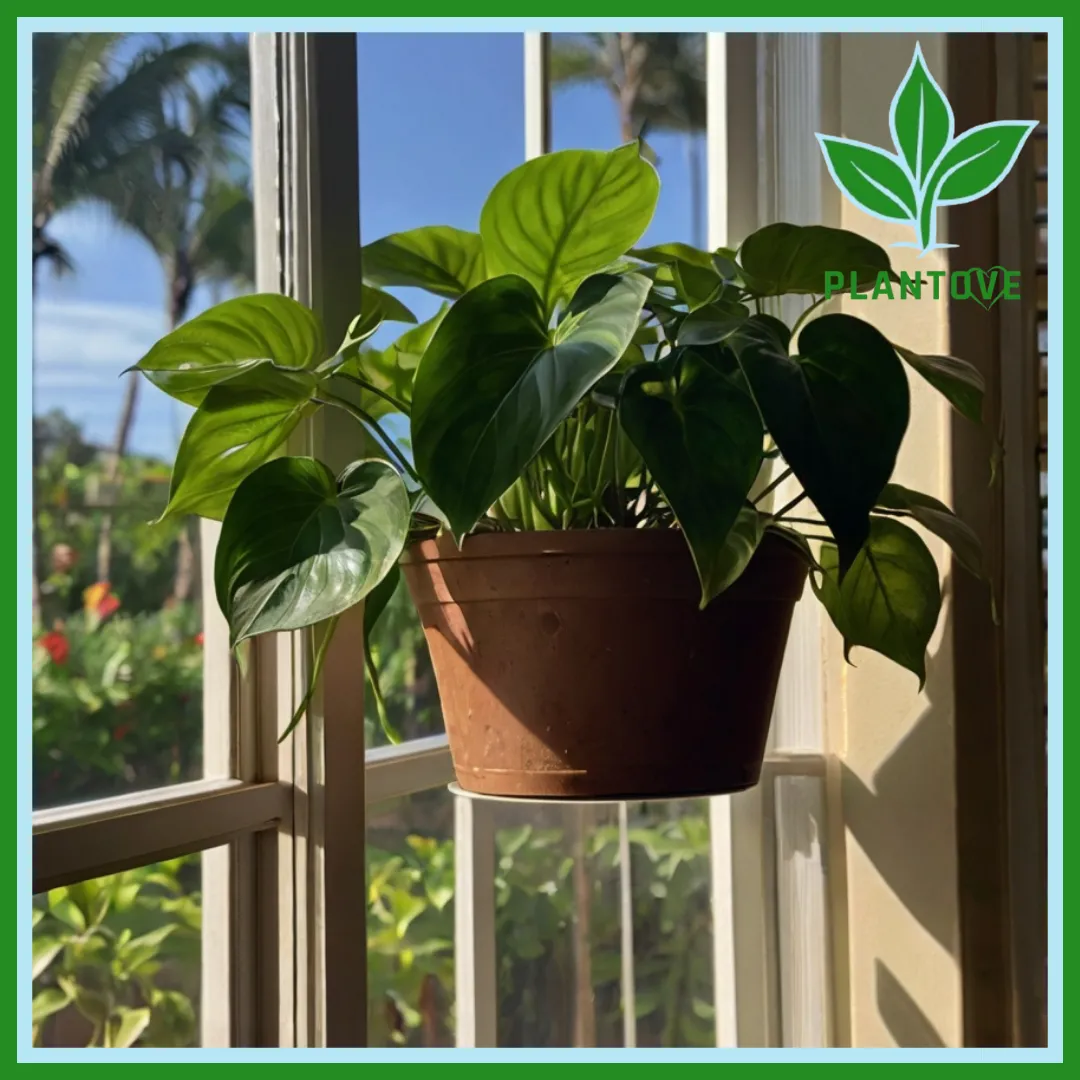Pothos, also known as devil’s ivy, is a popular indoor plant due to its low-maintenance nature and ability to thrive in a variety of conditions. However, many plant enthusiasts wonder, can I plant my pothos on my lanai? If you live in a warm climate or have a well-protected lanai, planting your pothos outdoors could be a great idea. This article explores whether pothos can be grown on your lanai, what factors to consider, and how to best care for your plant in this environment.
What is a Lanai?
Before diving into whether you can plant pothos on your lanai, it’s important to understand what a lanai is. A lanai is an outdoor space, typically in tropical or subtropical climates, often connected to the home and enclosed with screens or windows. Lanais offer protection from harsh weather while allowing plenty of light and airflow, making them an excellent space for plants.
Benefits of Planting on a Lanai
A lanai provides a semi-outdoor environment with good airflow, controlled sunlight, and some protection from the elements. This type of setting mimics a plant’s natural habitat and allows it to thrive while offering you the enjoyment of a lush outdoor area.
Can I Plant My Pothos on My Lanai?
Yes, you can plant your pothos on your lanai! Pothos are adaptable plants that can grow in various environments, and a lanai offers many of the conditions pothos thrive in. However, there are several factors you need to consider before moving your plant outdoors, such as light, temperature, humidity, and protection from pests.
Pothos Light Requirements on a Lanai
One of the first things to consider when moving your pothos to a lanai is light exposure. Pothos plants prefer indirect light, which makes a shaded or partially shaded lanai an ideal spot for them.
How Much Sunlight Does Pothos Need?
- Indirect Light: Pothos thrive in bright, indirect light, meaning they should not be placed in direct sunlight. Direct sun can scorch their leaves, leading to browning and damage.
- Filtered Sunlight: If your lanai gets direct sunlight, consider placing your pothos in a spot where it will receive filtered light through a screen or some light shade.
- Low Light Tolerance: Pothos can tolerate low light conditions, making them a versatile choice for areas of your lanai that don’t get a lot of natural sunlight.
Temperature Considerations for Pothos on a Lanai
Pothos are tropical plants, and they thrive in warm temperatures. However, you should make sure your lanai provides the appropriate temperature range.
Ideal Temperature for Pothos
- Optimal Temperature: Pothos plants grow best in temperatures between 65°F and 85°F (18°C to 29°C). A lanai in a warm climate typically stays within this range, making it a suitable environment.
- Cold Sensitivity: Pothos are sensitive to cold temperatures and should not be exposed to temperatures below 50°F (10°C). If your lanai gets too cold at night or during certain seasons, consider moving your pothos back indoors.
Humidity Levels on a Lanai
Humidity plays a significant role in the health of tropical plants like pothos. Since many lanais are located in warm, tropical regions, they tend to have higher humidity levels, which is perfect for pothos.
Managing Humidity for Your Pothos
- Natural Humidity: A lanai in a tropical or subtropical climate will naturally provide the high humidity levels pothos need to thrive.
- Supplementing Humidity: If you live in a dry climate or your lanai doesn’t retain moisture well, consider using a humidity tray or misting your plant to maintain optimal humidity levels.
Caring for Pothos on a Lanai
Once you’ve determined that your lanai provides the right conditions for your pothos, it’s important to know how to care for your plant in this semi-outdoor environment. From watering to repotting, pothos care on a lanai will differ slightly from indoor care.
Watering Pothos on a Lanai
Watering is essential for the health of your pothos, and the frequency with which you water may increase once your plant is on the lanai due to increased airflow and exposure to outdoor elements.
Watering Tips for Pothos on a Lanai
- Watering Frequency: Check the soil moisture regularly. In a lanai environment, the soil may dry out faster than indoors. Water when the top inch of soil feels dry.
- Drainage: Ensure your plant has adequate drainage to prevent water from sitting in the soil and causing root rot. Pothos prefer slightly dry conditions between watering.
- Overwatering Prevention: Be cautious not to overwater, especially if your lanai is exposed to rain. Consider moving your plant under cover if heavy rain is expected.
Soil and Potting for Pothos on a Lanai
The type of soil and the pot you use will significantly impact how well your pothos grows on your lanai.
Best Soil for Pothos
- Well-Draining Soil: Pothos plants need well-draining soil to thrive. A mix of potting soil, perlite, and peat moss works well to provide both nutrients and good drainage.
- Container Selection: If you’re keeping your pothos in a pot on the lanai, choose a container with drainage holes. This will allow excess water to escape, preventing the soil from becoming waterlogged.
Repotting Pothos on the Lanai
Pothos grow quickly and may need repotting every one to two years to ensure their roots have enough space.
- Repotting Tips: Repot your pothos in the spring or early summer when it begins to show signs of root crowding. Choose a pot that is one size larger than the current one to give the roots room to grow.
Pests on a Lanai
While pothos are relatively pest-resistant indoors, planting them on a lanai exposes them to outdoor pests.
Common Pests to Watch For
- Aphids: These small insects can suck the sap from your pothos leaves, causing yellowing and curling.
- Spider Mites: Look for tiny webs on the underside of the leaves, a sign that spider mites may be present.
- Scale Insects: These small, brown, or black bumps can appear on the leaves and stems of your pothos.
How to Handle Pests on a Lanai
- Natural Remedies: Use natural pest control methods such as neem oil or insecticidal soap to prevent and treat infestations.
- Regular Inspection: Check your plant regularly for signs of pests and treat any infestations early to prevent them from spreading.
Fertilizing Pothos on a Lanai
Fertilizing is essential to encourage healthy growth, especially when your pothos is growing outdoors on your lanai.
Best Fertilizer for Pothos
- Balanced Fertilizer: Use a balanced liquid fertilizer every 4-6 weeks during the growing season (spring and summer).
- Slow-Release Fertilizer: Alternatively, a slow-release fertilizer applied in early spring can provide nutrients throughout the growing season.
- Avoid Over-Fertilizing: Too much fertilizer can lead to nutrient burn, so be sure to follow the instructions on your fertilizer product.
Benefits of Growing Pothos on a Lanai
Planting your pothos on a lanai has several benefits for both you and your plant.
Improved Airflow
A lanai provides better airflow than indoor environments, which can prevent issues such as fungal growth and mildew on your plant’s leaves.
Aesthetics and Ambiance
Pothos plants create a lush, tropical ambiance on your lanai. Their trailing vines can enhance the beauty of your outdoor space, making it a relaxing environment.
Encouraged Growth
The semi-outdoor environment of a lanai may encourage faster growth for your pothos, as they have access to more sunlight and airflow than they would indoors.
Conclusion
So, can I plant my pothos on my lanai? Absolutely! With the right conditions, pothos can thrive on a lanai. Pay attention to light, temperature, humidity, and pests to ensure your plant remains healthy. Caring for pothos on a lanai requires slightly different care compared to indoor planting, but the benefits of enhanced growth, aesthetics, and better airflow make it well worth the effort. With proper care and attention, your pothos will flourish and bring a touch of tropical beauty to your lanai.

